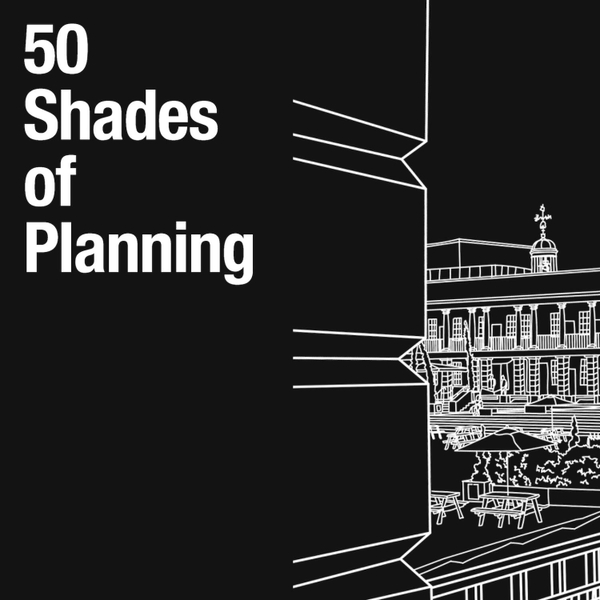
“We should aspire to pass on our heritage to our successors, not depleted but enhanced. In order to do that, we need to bring about a profound and lasting change in the buildings that we build, which is one of the reasons we are placing a greater emphasis on locally popular design, quality and access to nature, through our national planning policies and introducing the National Model Design Codes.”
So said Robert Jenrick when announcing at the end of January 2021 the Government’s response to the report of the Building Better, Building Beautiful Commission. As well as the creation of an ‘Office for Place’, which is to support local communities in determining the standard for all new buildings in their area, the NPPF is to be revised to place greater emphasis on beauty, place-making and, of course, tree-lined streets.
In addition, a new paragraph 127 of the NPPF will state that all LPAs should prepare design guides or codes consistent with the principles set out in the National Design Guide and the new National Model Design Code (NMDC).
The NMDC itself though, as one of it’s authors, David Rudlin of URBED has admitted, is not a code at all but a guide to writing codes.
An increased emphasis on the design quality of new development, and a national framework for design standards for LPAs to set policy and determine individual decisions by, can only be a good thing. There seems to be a huge leap though from where we are now to all LPAs having a design code or guide in place within three years, which the Chief Planner has written to them requesting. And what, for example, is the Code’s relationship with the White Paper? Are Codes for every street or just ‘Growth’ and ‘Renewal’ areas? And whilst agreement on what constitutes a good design code should be easy to achieve, agreement on what constitutes good design, let alone beautiful design, is perhaps harder achieve. Are expectations for what a NMDC can achieve being set unrealistically high?
Joining Sam Stafford to discuss these issues in this episode are Paul Smith, Vicky Payne, Louise Wood and Ben Woolnough. Paul (@paul_slg) is Managing Director at the Strategic Land Group; Vicky (@Victoria_Payne) is a planner and urban designer at URBED; Louise (@LWood_Cornwall) is Service Director for Planning at Cornwall Council; and Ben (@benhoward_w) is Major Sites & Infrastructure Manager at East Suffolk Council.
Some accompanying reading.
National Model Design Code
Guidance Notes for Design Codes
Design Skills in English Local Authorities
https://www.udg.org.uk/publications/otherpub/design-skills-english-local-authorities
‘Unlocking The Code’ by David Rudlin
https://www.bdonline.co.uk/opinion/unlocking-the-code-with-one-of-its-authors/5110463.article
Some accompanying listening.
Code of the Streets by Gang Starr
https://www.youtube.com/watch?v=u1kwZUeog30
50 Shades of Planning
50 Shades of Planning is Sam Stafford’s attempt to explore the foibles of the English planning system and it's aim is to cover the breadth of the sector both in terms of topics of conversation and in terms of guests with different experiences and perspectives.
50 Shades episodes include 'Hitting The High Notes', which are a series of conversations with leading planning and property figures. The conversations take in the six milestone planning permissions or projects within a contributor’s career and for every project guests are invited to choose a piece of music that they were listening to at that time. Think Desert Island Discs, but for planners.
Sam is on Bluesky (@samuelstafford.bsky.social) and Instagram (@samuel__stafford), and his blogs can be found here: http://samuelstafford.blogspot.com (from where you can also sign up for his newsletter and buy a t-shirt).
The 50 Shades platforms are expressions of Sam's personal opinions, which may or may not represent the opinions of his past, present or future employers.
50 Shades of Planning is by planners and for planners and so if you would like to use the podcast or the YouTube channel for sharing anything you think that the sector needs to be talking about then do please feel free to get in touch with Sam via [email protected].
Why Fifty Shades? Well, planning is not a black and white endeavour. There are at least fifty shades in between....